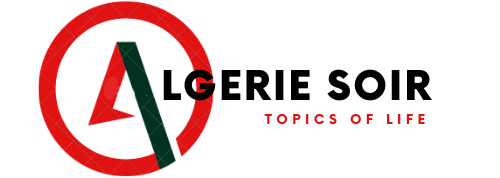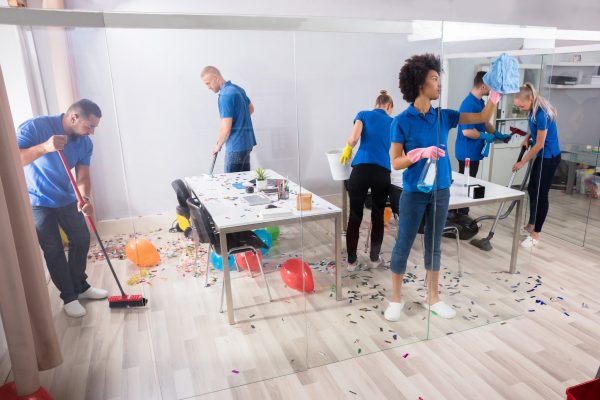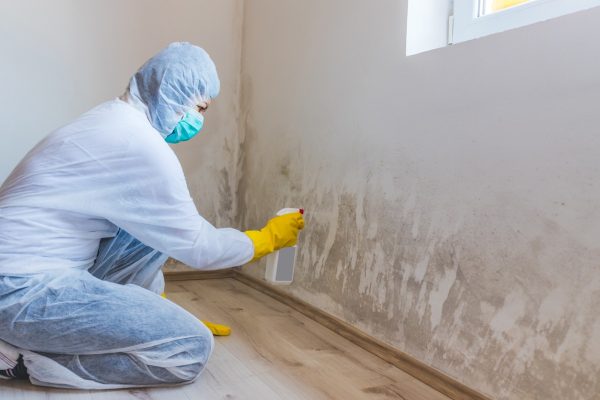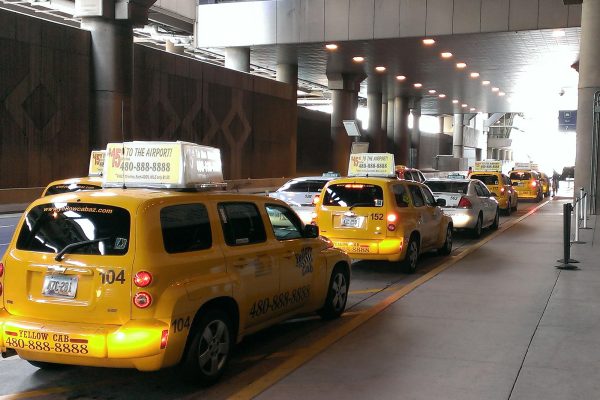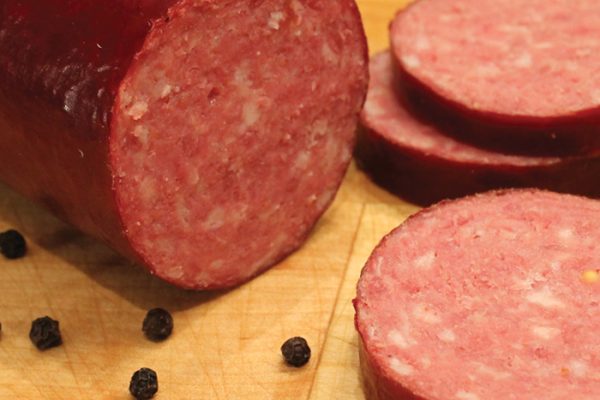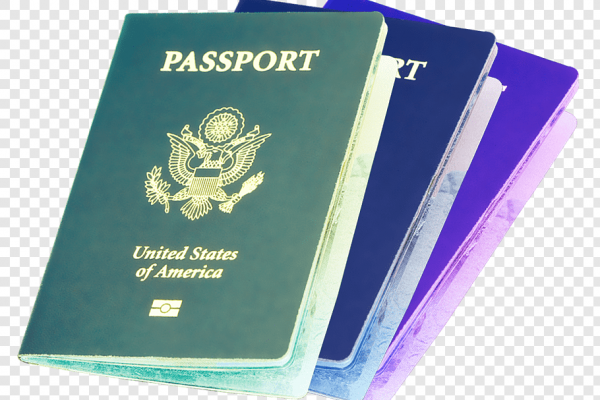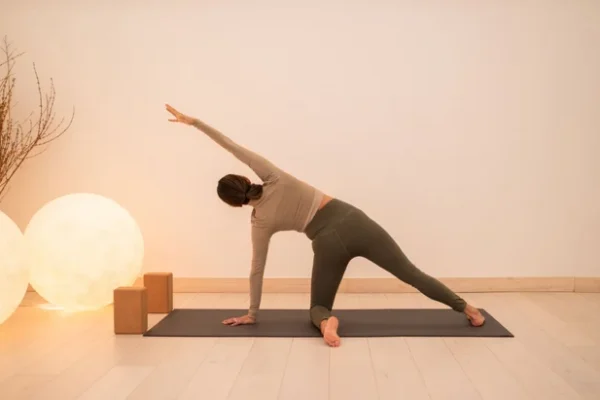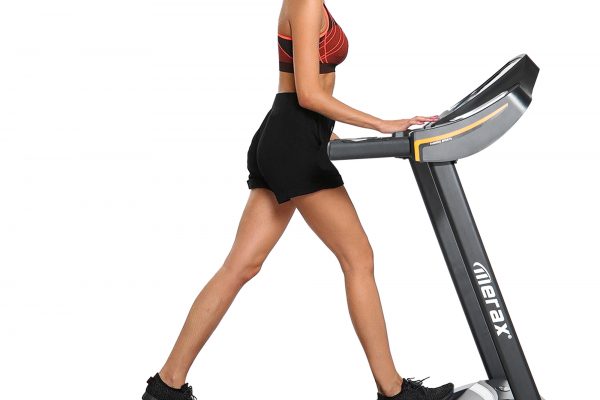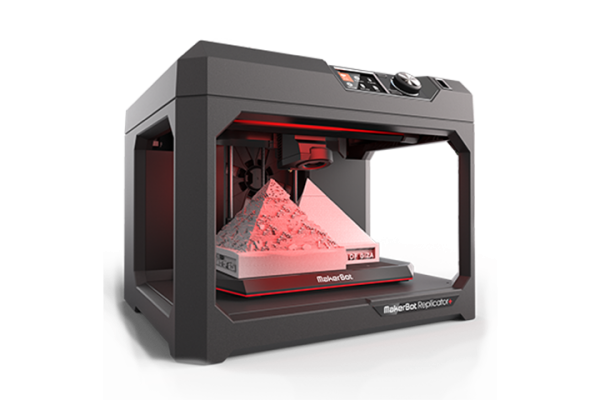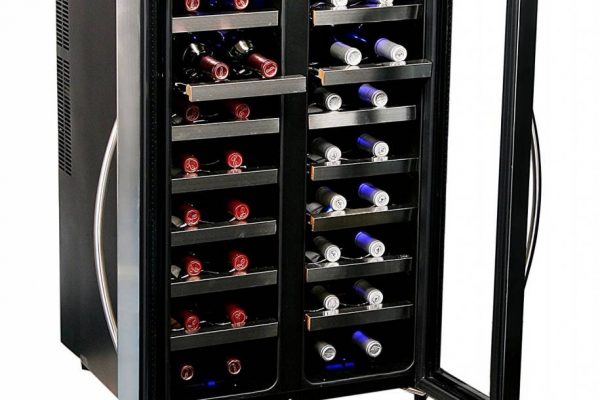Bowed legs are a severe health condition in which the muscles and tendons around the knee area contract too tightly. As a result, the calf muscle pulls on the bone and causes it to bend inward, leading to an abnormal walking gait. This condition can affect both children and adults but is more common in children who are still growing. Treating bowed legs depends on the severity of the condition and may include several surgical procedures.
Two main reasons lead to bowed legs, genetics and disability. First, a child with bow legs is more likely to have family members with a skeletal or muscular disability. The genetic influence is unknown, but specific genes are believed to be associated with this condition, and heritable traits can cause long-term problems for children. Therefore, you must know how to correct bow legs naturally so that you can deal with this situation easily.

Bow Legs in Children –
- Many children can be affected by bowed legs. Approximately 1 in every 4,000 children are affected; however, the condition appears more commonly in girls than boys. The most common age for children to acquire this condition is between 2 and 7 years old; however, it can occur at any age.
- There are many theories on why this happens, such as an imbalance in muscular development or the inability to walk correctly. There is also a theory suggesting that the tendons become short and tight due to stress placed on the lower legs due to running and jumping.
- Children who suffer from bowed legs often have a long-term problems with circulation, which often leads to heart disease. They are also prone to arthritis later in life and may need knee surgery unless they receive treatment early on.
- Bow legs in children can cause the hips to be out of alignment, leading to scoliosis or curvature of the spine. As a result, children with bowed legs suffer from broader shoulders and hips than their peers. When a child experiences a genetic problem such as turned legs can leave them prone to more issues later in life. The severity of the bowed leg condition is often related to how much pain they experience over time.
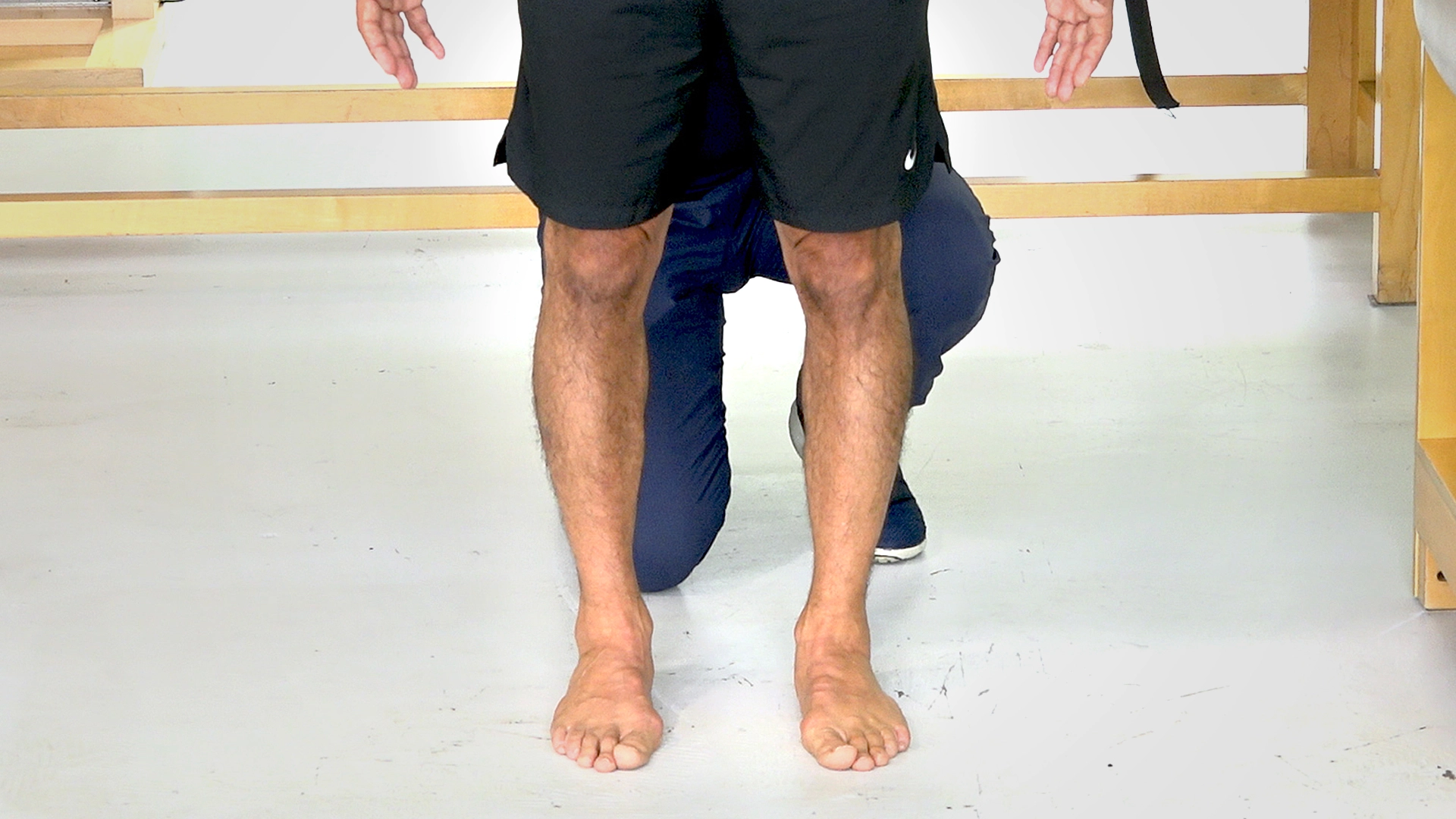
Bowed Legs in Adults –
- Bowed legs are not standard in adults, but it is not uncommon to see patients with turned legs in their 40s and 50s. While the condition is most common in children, adults can also be affected. In addition, it occurs more often in women than men and affects women between the ages of 30 and 60.
- Although bowed legs are not standard, they can cause serious health complications. Therefore, this condition must be treated right away when it appears. More than 200 of the over 300 conditions that affect the musculoskeletal system in adults are related to bow legs.
- The most common problems people with bowed legs face are pain and swelling of the ankle, foot, and toe joints or arthritis. Other problems are loss of mobility or standing without pain or discomfort. Other complications include sore shoulders and legs, pain when sitting for long periods, and poor balance. In addition, bowed legs can cause severe health problems for people with them.
One of the most common reasons people end up with bowed legs is that they carry too much weight. It can cause two conditions, short legs and stiff knees. When someone has turned legs, it is essential to consider how the condition began. If the person has been carrying too much weight for years and suddenly stops doing so, they can end up with a severe case of bow legs.
